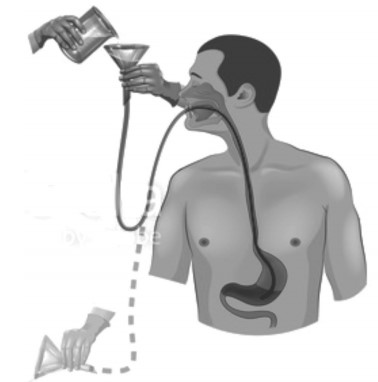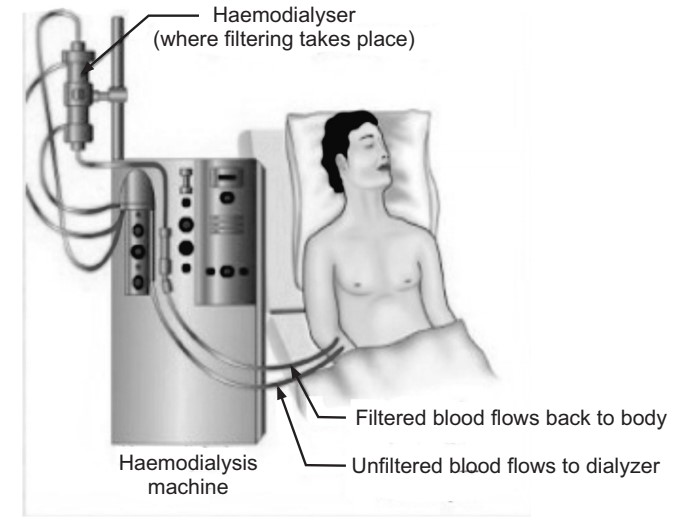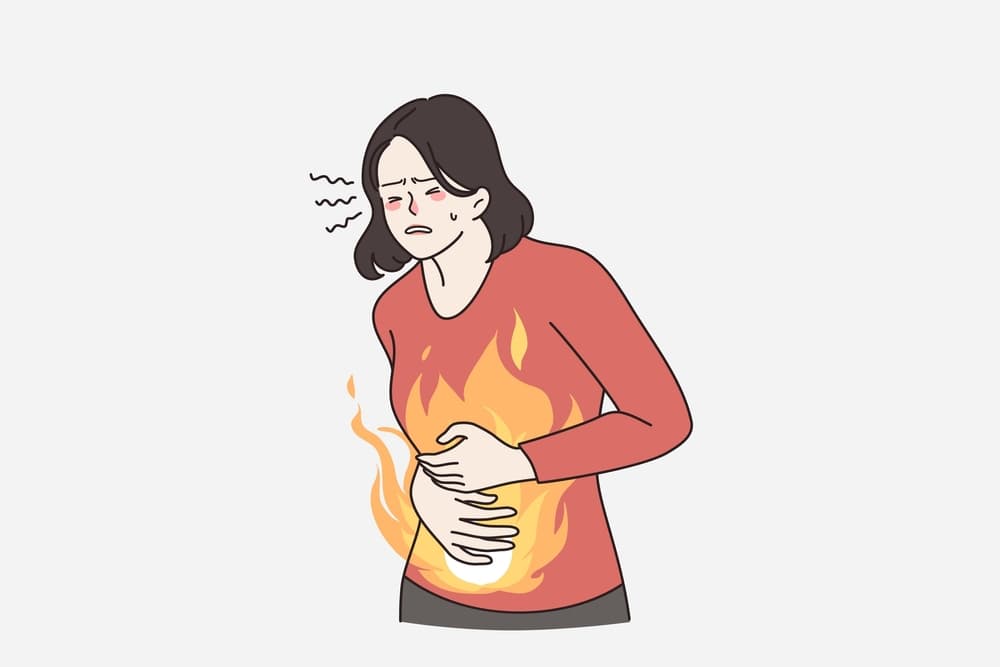Barbiturate poisoning is infrequently encountered now due to in availability of barbiturates as their use as sedative-hypnotic agents is decreased but still, some cases are noted, particularly in developing countries.
Like in 2016, a 45-year-old man was hospitalized after he was found in a deep coma. This was suspected to be a suicide attempt case as his relatives had found an empty bottle of Phenobarbital pills with him. The patient had a history of epilepsy for 27 years and at the age of 40, he also had head trauma without any serious consequences. The patient was on Sodium valproate, Phenytoin, and Phenobarbital for 26 years.
During Examination his vital signs were stable, he was afebrile, and corneal reflexes were absent but on toxicological screening, his Phenobarbital level was high 180 mcg/ml while valproate and phenytoin levels were 10 and 1.7 µg/mL.
Forced diuresis and activated charcoal were performed on him but failed, again Haemodialysis was performed which was again unsuccessful. On electroencephalogram (EEG), continuous epileptiform discharges were present in favor of the non-convulsive status epileptic. To control the subclinical seizure, sodium valproate (25 mg/kg) and midazolam (5 mg/h) were administered intravenously. He underwent two more sessions of hemodialysis due to high levels of phenobarbital (183 and 85 µg/mL) and antiepileptic therapy as well as daily EEG. After a week Epileptic discharges disappeared and the patient regained full consciousness. He was extubated and relieved from the hospital against medical advice after performing a psychiatry consultation. Thus, it was also concluded in this case that Phenobarbital induced seizure aggravation.
These barbiturates act by increasing the action of GABA by binding to a site on the GABAA receptor/chloride channel. Its action is less specific due to which it has a low therapeutic index which is why they are very perilous.
Apart from this our brain develops a need for barbiturates if taken daily for about a month which can lead to severe symptoms if the drug is held back.
This drug abuse is a very common example in India especially in Punjab district Bhatinda, village Khillan 8 men died in 6 months in 2013 due to barbiturates, villagers call that drug sau numbri because that weight – 100 milligrams – was stamped on the tablet. The death was reported by a village watchman in the tehsil headquarters as “death by accident”. The entry was technically correct and the authorities were content to leave it at that. The eighth victim, who died in the last week of January 2014, had already caused enough complications. Then it had been unavoidably necessary to enter the cause of death as drug overdose which called for police action.
In barbiturate poisoning following clinical symptoms can be seen:
Early stages:
- The patient becomes confused and sluggish.
- The patient lacks voluntary coordination of muscle movements (ataxia) like gait abnormality and abnormalities in eye movements.
- Patients feel dysarthria (slurred speech)
The early symptoms of the patient progress to:
- Relentless coma.
- Patient muscles become areflexia i.e. unresponsive to any stimuli.
- Pupillary response to light becomes minimal.
In late stages:
- Respiration becomes affected like faint, shallow and irregular breathing occur.
- Blood pressure also falls i.e. hypotension because of oxygen deficiency and the effect of the drug on medullary vasomotor centers as well as due to a decrease in cardiac contractility.
- The patient is also affected by several respiratory complications like apnea (temporary cessation of breathing), partial collapse or incomplete inflation of the lung (atelectasis), and bronchopneumonia.
- Renal failure as well as cardiac arrest may also occur.
Management of Barbiturate Poisoning:
If someone has taken barbiturates inappropriately then that person should be immediately taken to the hospital for complete evaluation like blood and urine tests, chest X-ray, and ECG (electrocardiogram) as this condition can be a life-threatening emergency.
The treatment for barbiturate poisoning is generally based on supportive measures like-
- A clear airway is ensured by thorough suctioning and insertion of the oral airway (rigid plastic suction catheter, known as a yankauer, to remove pharyngeal secretions through the mouth).
- If the patient is in a coma, prompt intubation is strongly recommended because of the fear of impending, worsening respiratory failure.
- The patient is given fluids through a vein (dehydration is corrected).
- If hypotension persists then plasma volume expanders are recommended.
- Apart from this quality health professional care and close observation should be provided.
- Oral hygiene and temperature should also be maintained.
- In the case of addiction, psychiatric consultations should also be provided.
- Suicidal patients should be kept under continuous observation and measures should be taken to prevent self-injury until they are no longer suicidal.
For reduction of further absorption of barbiturates:
- Gastric lavage is done when the time of ingestion of the drug is not more than 2-3 hours. It can be done before tracheal intubation in most patients, but airway equipment including suction must be immediately available at the bedside. In Gastric lavage, a large bore (36 or 40 French tubes in adults) is placed through the mouth, and the proper location of the tube in the stomach is verified clinically or radiographically.


- Activated charcoal can be given by mouth or by a tube through the nose into the stomach it is a non-toxic adsorbent that binds with high molecular compounds.
- Forced diuresis with alkalinization of urine which increases plasma excretion of barbiturates by decreasing the passive reabsorption from the proximal renal tubules can also be done.
- Haemodialysis and haemoperfusion: Nowadays, this method is extensively in use to increase the rate of removal of barbiturates. Single six-hour hemodialysis can remove an amount of barbiturate which is comparable to that removed during 24 hours of sustained diuresis.
Thus, to conclude the treatment of barbiturate poisoning has been improved greatly but as usual in medicine, the preventive aspect is to be taken seriously too.
Make sure you also check our other amazing Article on : Animal Toxicity Testing
